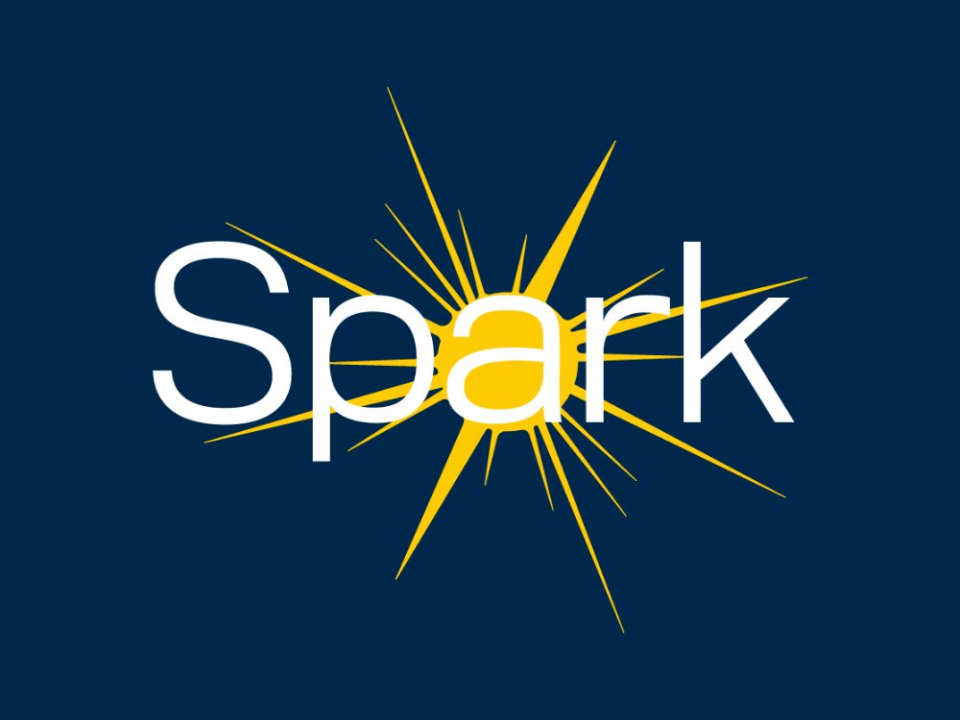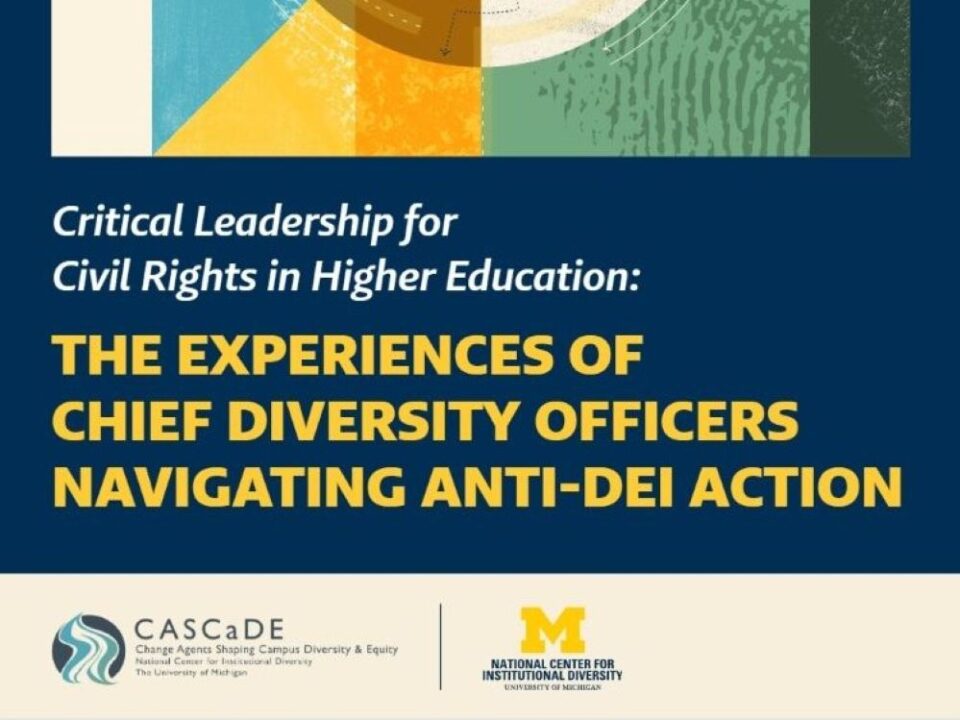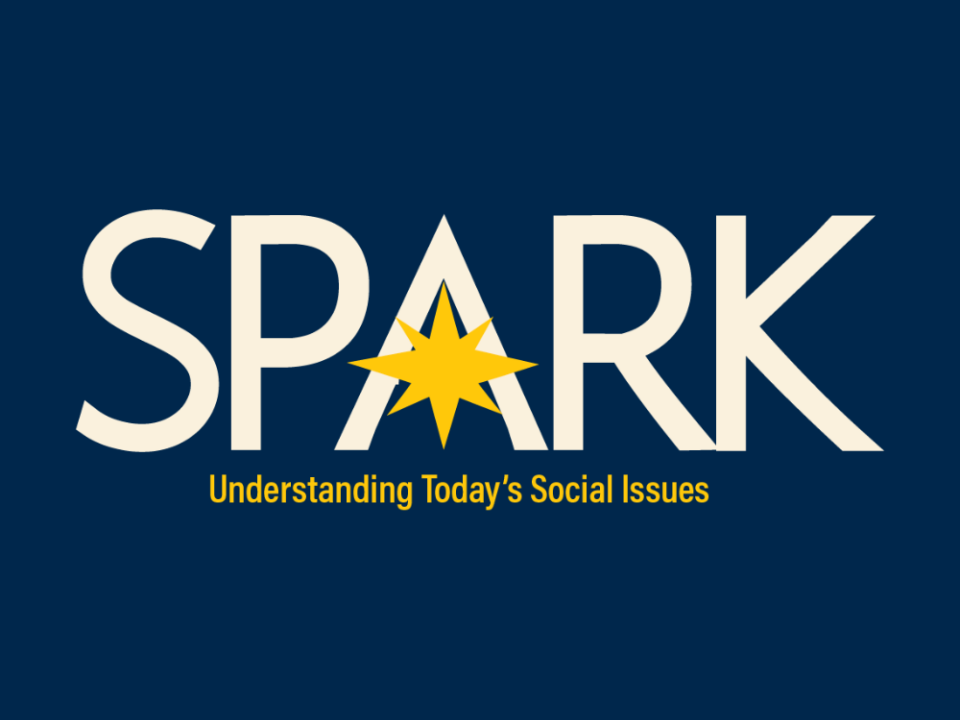- About
- News
- Events
- Initiatives
- Anti-Racism Collaborative
- Change Agents Shaping Campus Diversity and Equity (CASCaDE)
- Diversity Scholars Network
- Inclusive History Project
- James S. Jackson Distinguished Career Award for Diversity Scholarship
- LSA Collegiate Fellowship Program
- University Diversity & Social Transformation Professorship
- Publications & Resources
- About
- News
- Events
- Initiatives
- Anti-Racism Collaborative
- Change Agents Shaping Campus Diversity and Equity (CASCaDE)
- Diversity Scholars Network
- Inclusive History Project
- James S. Jackson Distinguished Career Award for Diversity Scholarship
- LSA Collegiate Fellowship Program
- University Diversity & Social Transformation Professorship
- Publications & Resources

Thinking Beyond Stereotypes in Asian American Media
May 9, 2023
“Reproductive Justice as a Human Right”
June 21, 2023Pop-Up Writing Opportunity: “Campus Abolition and Educational Safety Beyond Policing”
Following months of state and local stay-at-home orders to safeguard against the spread of COVID-19, a series of precipitating events of anti-Black state and state-sanctioned violence re-catalyzed a wave of protests, demonstrations, and other direct actions against the persistent strain of policing on Black people in the United States. Namely, news of the killing of Ahmaud Arbery by white vigilantes in Georgia, Breonna Taylor by plainclothes officers executing a no-knock warrant in Kentucky, and the traumatic eight-minute fourty-six second video of George Floyd being suffocated to death by Officer Derek Chauvin in Minnesota were all reported by the national media in May 2020.

Collectively, these instances and the resulting protests reinvigorated the public discourse and raised longstanding questions about the presence of police in educational environments. In particular, reports about police violence and misconduct in schools, colleges, and universities resurfaced including the 2015 assault of a Black high school student by a school police officer in Columbia, South Carolina and shooting deaths of Samuel DuBose by University of Cincinnati police, also in 2015, and Jason Washington by Portland State University police in 2018. At the same time, many educational institutions issued public commitments to assess their police departments and, in some cases, discontinue relationships with municipal law enforcement. While reports of campus police violence has been predominated by instances of anti-Black racism, policing practices have also been evidenced in the misogyny and gender-antagonism of policing young women and girls sexual and reproductive health as well as legislative efforts to disenfranchise trans and nonbinary youth from full participation in civil society.
Now, three years after what has been described as American racial reckoning, even greater expenditures are being made on campus and municipal policing and educators continue to serve as campus surveillance personnel that facilitate police intervention. And yet, we who believe in freedom have continued to imagine the presence of possibilities for our collective safety on campus beyond the project of policing, what has been broadly referred to as campus abolition. We ask ourselves:
How can educators and educational venues disrupt and dismantle the carceral entanglements that undermine the ability of schools, colleges, and universities to be life-affirming institutions?
For this Spark Magazine series, we invite submissions that engage the theoretical and conceptual breadth, depth, and nuance of abolition in education and its social contexts, within and beyond K–12 and postsecondary classroom spaces. Potential essays in this series, which could integrate multimodal scholarship (i.e., digital photos, videos, or songs), may use a framework of abolition that provides the following:
- Abridged historical/genealogical analyses of abolition and its relationship to schooling across the P-20 pipeline that existed before (or was created after) the uprisings of Summer 2020
- An illustrative case of abolitionist praxis within or beyond formal schooling contexts (i.e., classroom learning) that embraces preemptive approaches and non-law enforcement alternatives
- A conceptualization of pre-conditional problems of safety and security (e.g., food insecurity, mental and emotional health resources, and trauma-informed survivor-centered care) for students and communities related to social, political, and material realities navigated by everyday people
- Challenges myths about the institution of policing as an apparatus of public/school safety in relation to issues of campus racism, gender-based violence and sexual assault, and school or campus shootings
Essays may also address related areas of study aligned with the series theme and embrace Ruth Wilson Gilmore’s assertion that “abolition is about presence, not absence. It’s about building life-affirming institutions.”
Please keep in mind that the audience for Spark Magazine is not specific to any discipline or education level. Envision the reader as someone with a broad understanding of research and scholarship, but without specific knowledge of your field. Pitches will be reviewed by considering public accessibility, grounding in diversity scholarship, and clear writing organization and style.
Authors must have previously produced scholarship or creative work directly related to the topic to ground the proposed essay. Priority selection will be given to members of the Diversity Scholars Network and those who co-author with graduate students. Invited contributors will receive writing guidelines to submit a first draft within 4–6 weeks of being accepted and will be assigned an editor.
The series will be curated by Charles H.F. Davis III, assistant professor in the Center for Higher and Postsecondary Education at the University of Michigan; founder and director of the Campus Abolition Research Lab.
If you have any questions about the Pop-Up Writing Opportunity and submission process, please contact Spark managing editor, Laura Sanchez-Parkinson at [email protected].




